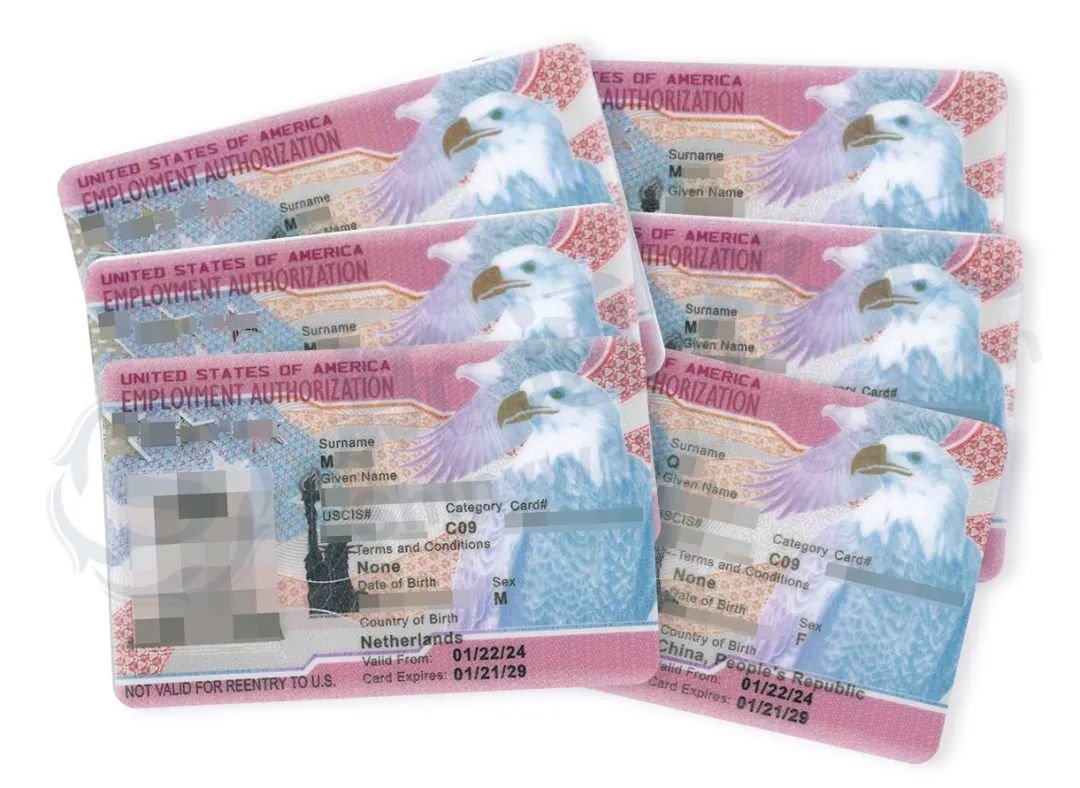gm, Before we step in, I would like to thank you to @celo and @Shefi for the scholarship supporting my first move into Web3 to become a Blockchain Baddie and my role model, @maggielove I feel so grateful to be part of the SheFi community.

SheFi encourages interdependence, collective research (Do Your Own Research Together), and long-term, risk-aware investment.
The first week is a mix of history and Web3 dictionary.
Why does Blockchain Matter?
1) Decentralization in Finance: After the 2008 financial crash, people became skeptical of centralized financial institutions. Blockchain offers an alternative system where trust is placed in code rather than in intermediaries.
2) Eliminating Middlemen: Decentralized systems reduce or eliminate the need for third parties, which lowers costs and increases efficiency.
3) Ownership: In Web3, users can truly own their digital assets, unlike in Web2 where platforms retain control over data and content.
So, what is blockchain?
It’s a distributed ledger technology (DLT) that records transactions across multiple computers (nodes) in a decentralized way. Blockchain doesn't rely on a single authority like traditional ledgers; instead, a network of users maintains it. This ensures transparency, security, and immutability.
Ledger: A system for recording information.
Distributed Ledger: Multiple copies of this ledger exist across various nodes, making it hard to tamper with.
Nodes: These are computers that keep the blockchain running. Every node has a copy of the entire blockchain, ensuring redundancy.
Blockchain is an evolution from highly centralized systems (like traditional banking) to decentralized systems, relying on code instead of entities for trust.

Web3 & Evolution of the Internet
Web3 is considered the next phase of the internet, where users not only read and write but also own digital assets and participate in decentralized applications.
-
Web1 (1980s-2000s): Mostly static websites, read-only content.
-
Web2 (2000s-present): Interactive, social web dominated by platforms like Facebook and Google. Users can read and write but don’t own the content they create.
-
Web3 (now): Based on blockchain technology, Web3 allows users to own their data, assets, and participation in decentralized networks, aligning them through crypto incentives.
Have you ever heard of consensus mechanisms, and what is it?
Consensus mechanism is the process through which a blockchain network agrees on the validity of transactions. The goal is to ensure the blockchain’s integrity without a central authority.
-
Proof of Work (PoW): Used by Bitcoin. In PoW, miners solve complex mathematical problems (requiring significant computational power) to validate transactions and secure the network. This mechanism is secure but energy-intensive.
-
Best Practice: Suitable for networks that need maximum security.
-
Proof of Stake (PoS): Used by Ethereum 2.0. In PoS, validators are chosen to confirm transactions based on the number of tokens they hold (stake) in the network. It’s more energy-efficient than PoW but may concentrate power among wealthy participants.
-
Best Practice: Ideal for scalable and energy-efficient blockchains.
-
Proof of Liquidity (PoL): In PoL, liquidity providers stake tokens into liquidity pools, which helps maintain the token economy and allows them to earn rewards.
-
Example: Projects like Uniswap or other DeFi protocols that incentivize liquidity provision.
What are capital resources in blockchain?
It refers to the economic value invested in the network (tokens, assets, time, and computational power).
For example:
Miners in PoW: Invest in expensive hardware and electricity.
Stakers in PoS: Lock up their tokens as collateral.
Liquidity providers in DeFi: Provide tokens to liquidity pools in exchange for rewards.
If you want to deep dive into blockchain ecosystems, here are some popular ones:
-
Bitcoin: The first decentralized digital currency, known for its security and simplicity (PoW).
-
Ethereum: Expands the blockchain’s use case beyond currency, enabling decentralized applications (dApps) and smart contracts (PoS).
-
Solana, Avalanche, Polkadot, BNB, Cardano, NEAR: Each of these blockchains offers unique features, such as faster transaction speeds, lower costs, or enhanced scalability.
What are your thoughts?
Subscribe & Share your experience in the comments!
Until next week!
Foxy🦊






评论 (0)